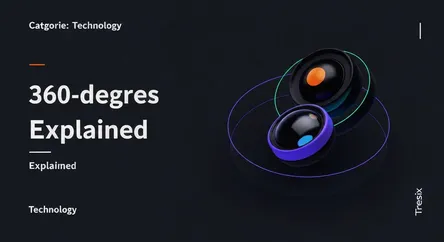Technology
360-degree Cameras Explained

Discover how 360-degree cameras give drivers a bird's-eye view of their car, making parking and maneuvering in tight spaces safer and easier.
What is it?
A 360-degree camera system, often called a surround-view or bird's-eye view monitor, is an advanced driver-assistance feature in modern vehicles. It uses a network of at least four wide-angle cameras—typically mounted on the front grille, rear, and under each side mirror. A central computer stitches these video feeds together in real-time to create a single, seamless, top-down image of the car and its immediate surroundings. This composite view is displayed on the vehicle's infotainment screen, effectively eliminating blind spots during low-speed maneuvers.
Why is it trending?
The popularity of 360-degree cameras is surging due to a convergence of safety demands and technological accessibility. As vehicles, particularly SUVs and trucks, continue to grow in size, navigating tight spaces becomes more challenging. This technology is a key feature in Advanced Driver-Assistance Systems (ADAS), which are becoming standard due to consumer demand and stricter safety regulations. Furthermore, the decreasing cost of cameras and processing power has allowed manufacturers to offer this once-premium feature on a wider range of more affordable cars, boosting its adoption.
How does it affect people?
For drivers, this technology transforms stressful situations like parallel parking or navigating crowded lots into simple, confident maneuvers. It provides a clear view of curbs, parking lines, and hidden obstacles like low bollards or children's toys, significantly reducing the risk of cosmetic damage like scraped wheels and bumpers. By offering a comprehensive view, it enhances situational awareness and safety, making urban driving less intimidating and preventing minor, costly collisions. This boosts driver confidence and makes operating larger vehicles much more manageable for everyday use.